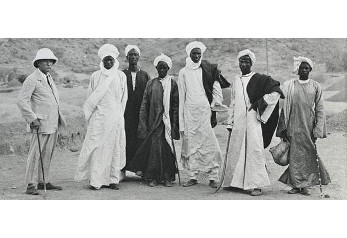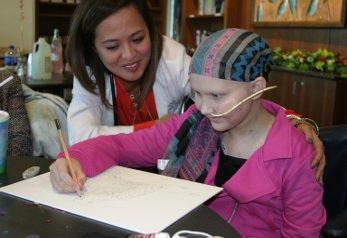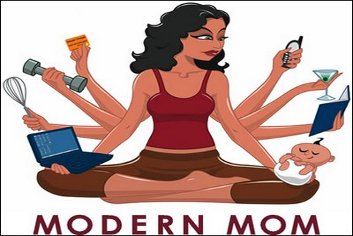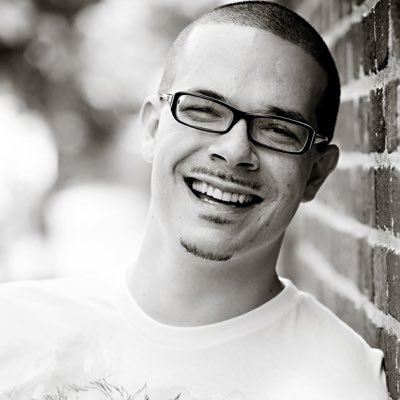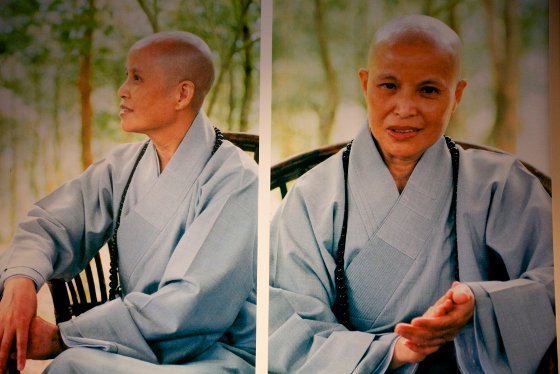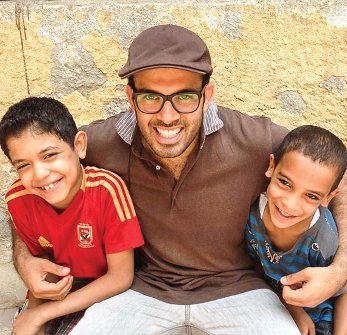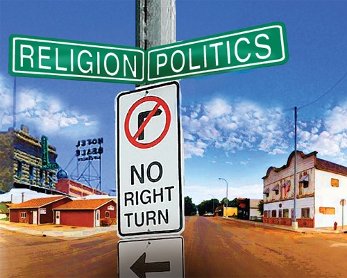Bullying is a widespread problem. In 2001, a study by the Kaiser Foundation showed that 86% of children ages 12–15 interviewed said they get teased or bullied at school. This actually makes bullying a more prevalent issue by far than smoking, alcohol, drugs, or sex among the same age group. Drawing on her decades of work with troubled youth and her wide experience with conflict resolution and reconciliatory justice, parenting educator Barbara Coloroso offers in her book, The Bully, the Bullied and the Bystander, a guide to this escalating problem. She helps us recognize the characteristic triad of bullying: the bully who perpetrates the harm; the bullied who is the target (and who may become a bully); but also the bystander––peers, siblings, or adults who don’t act to defuse the situation. We are discovering the differences and similarities between boy and girl bullies, how to recognize that a child is being bullied, how to react if your child is a bully, or how to protect a child from succumbing to a bully. By a tragic coincidence, Barbara Coloroso lives in Littleton, Colorado, USA, the scene of a horrific school shooting, which the author suggests was the result of constant bullying. She clearly declares that consequences of bullying can be fatal, potentially leading to either murder or suicide. Nevertheless, Coloroso’s optimism towards our power to affect change is evident throughout the book. According to Coloroso, family life is a key to the solution. The bystander, in order to become a witness for the bullied child, needs to have inner courage and a moral conscience. Monitoring children’s television viewing, encouraging productive and respectful friendships, and guiding children toward life-affirming activities are also some of the steps parents and other “bystanders” can take. Not so innocent
Related Articles
the work of the Wellcome Trust
A different Gandhi for a different revolution
the Digital Green method: a new agricultural model for India
news from Forbes's women Summit
and the next generation of innovations
Transforming the hospital experience through the arts
meet the Arts in Medicine
who is excluding the mothers?
Schaun King and the idea of HopeMob
Life of the "Mother Teresa of Asia"
the stunning achievements of a poor monk
the expansion of Nackweh
the story of an incredibly powerful hold
![]()
STAY IN TOUCH
SUBSCRIBE TO OUR NEWSLETTER
AND RECEIVE OUR LATEST STORIES

